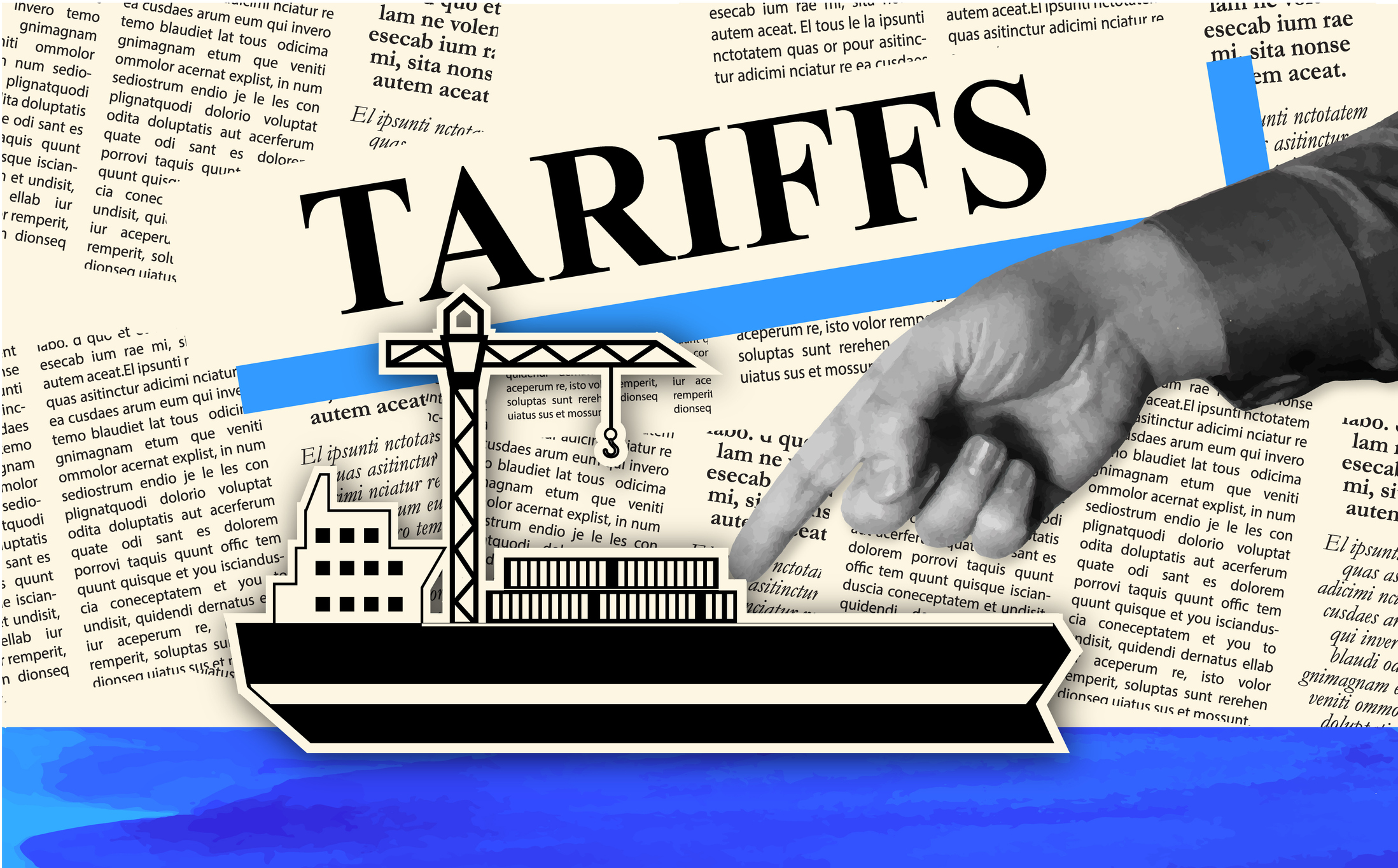May U.S. Consumer Price Index (CPI) 2025 offers a timely snapshot of inflationary pressures shaping monetary policy, consumer behavior, and financial markets. As inflation remains a central macroeconomic concern in 2025, understanding the nuances behind headline numbers—whether driven by energy, food, rents, or tariffs—is essential. The May data, released June 11 by the Bureau of Labor Statistics, showed a modest deceleration in monthly inflation and a slight uptick in the yearly rate, revealing a complex mix of cooling energy prices, persistent housing costs, and the early impact of tariffs. This report analyzes the latest figures, unpacks key drivers, and assesses implications for the Fed, consumers, businesses, and markets.
U.S. CPI May 2025: Summary of the Data
- Headline CPI (May): +0.1% mom (seasonally adjusted), down from +0.2% in April. Annual inflation ticked up to 2.4%, from 2.3% .
- Core CPI (ex‑food & energy): +0.1% mom, following +0.2% in April. The annual rate held at 2.8% .
- Energy: -1.0% mom in May, with gasoline down 2.6%—offsetting some shelter and food inflation.
- Food: +0.3% mom, with broad increases across groceries and dining, leading to +2.9% y/y .
- Shelter: +0.3% mom; rent and owners’-equivalent rent (OER) up ~0.2–0.3%, central to monthly gains.
- Other noteworthy items: Increases in medical care, motor vehicle insurance, education; declines in airline fares, used cars/trucks, new vehicles, apparel.
Drivers Behind May’s Inflation
a) Energy Headwinds
Gasoline and broader energy costs dropped sharply, providing relief. May’s -1.0% energy index decline and -2.6% in gasoline prices were key drag factors.
b) Shelter Stays Sticky
Rent and OER continue to exert steady upward pressure (+0.3% mom), reflecting tight housing supply and lease dynamics .
c) Food Inches Up
Food inflation rose 0.3% in May (groceries and dining out), keeping the annual increase at ~2.9%.
d) Core Remains Firm
The 2.8% y/y core CPI reflects ongoing price resilience outside the volatile sectors. Rising costs in medical care, insurance, and education support this persistence .
e) Tariff Pressures Brewing
New tariffs on imports began filtering into shelf prices. Core monthly inflation of +0.1% and repositioning by major retailers like Walmart hint at pressure building—but it remains subdued for now .
Market & Policy Reactions
- Financial markets: Stock futures edged higher post-release; bond yields eased—10-year U.S. Treasuries dipped to ~4.45%.
- Federal Reserve: Officials are expected to maintain the target range (4.25–4.50%) at the June 11–12 meeting. The mild inflation bounce and delayed tariff effect give the Fed room to stay patient.
- Political pressure: Trump and allies pushed for rate cuts, citing “great numbers,” but the Fed remains cautious against premature easing.
Implications for Key Stakeholders
Consumers
Lower gas costs provide momentary relief, but steady shelter and food prices continue to erode disposable income.
Businesses
Tariffs are beginning to manifest in consumer prices; companies are navigating between absorbing costs and passing them on. Rising shelter and services inflation likely depresses real demand.
Financial Markets
The bond market’s rally shows inflation expectations cooling. Equities may receive a transient lift, but longer-term movements hinge on future CPI and tariff developments.
Federal Reserve
With core CPI steady at 2.8%, the Fed faces a balancing act—avoiding heating the economy with too low a rate, while being alert to eventual tariff-driven inflation.
Ongoing Risks & Watchpoints
- Tariff trajectory: Additional hikes could fuel inflation in durable goods and apparel later this summer .
- Data integrity: CPI sample reductions in certain regions due to labor constraints may increase volatility in local indexes, though national CPI remains reliable.
- Producer prices: May’s PPI +0.1% suggests limited upstream inflationary pressures, but tariffs may impact future PPI data.
- Service sector health: Anecdotal evidence shows contraction in some service areas amid inflation persistence and changing consumer behavior.
Outlook & Forecast
- Near-term: June–July CPI will test whether energy relief persists and how tariffs begin to influence headline and core inflation.
- Medium-term: If shelter remains rigid and tariffs bite, core CPI may drift toward 3%. Conversely, easing transport and energy could counterbalance.
- Fed projections: The upcoming “dot plot” may signal the central bank’s tolerance for sticky core inflation. Rate cuts are currently not expected until late 2025 at earliest.
Conclusion
May 2025 CPI data depict a cautious softening in headline inflation (+0.1% mom), thanks to gasoline ebbs, but deeper inflation pressures persist—especially in core and shelter components. The annual 2.4% headline and 2.8% core indicate inflation remains above target, albeit at controlled levels. Tariffs are beginning to show early effects, but their full impact is likely delayed. The Fed’s June meeting will prioritize these dynamics, remaining steady while closely monitoring upcoming CPI entries, PPI trends, and service-sector resilience. For consumers, businesses, and investors, the next couple of CPI releases will be pivotal in shaping the economic landscape ahead.





